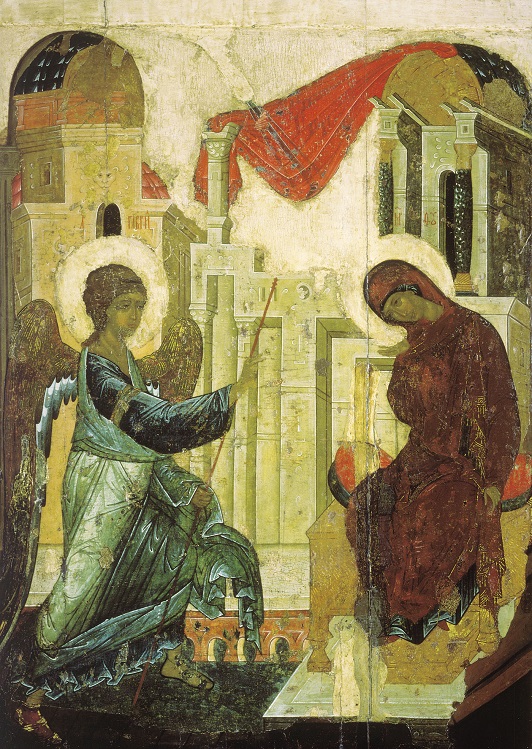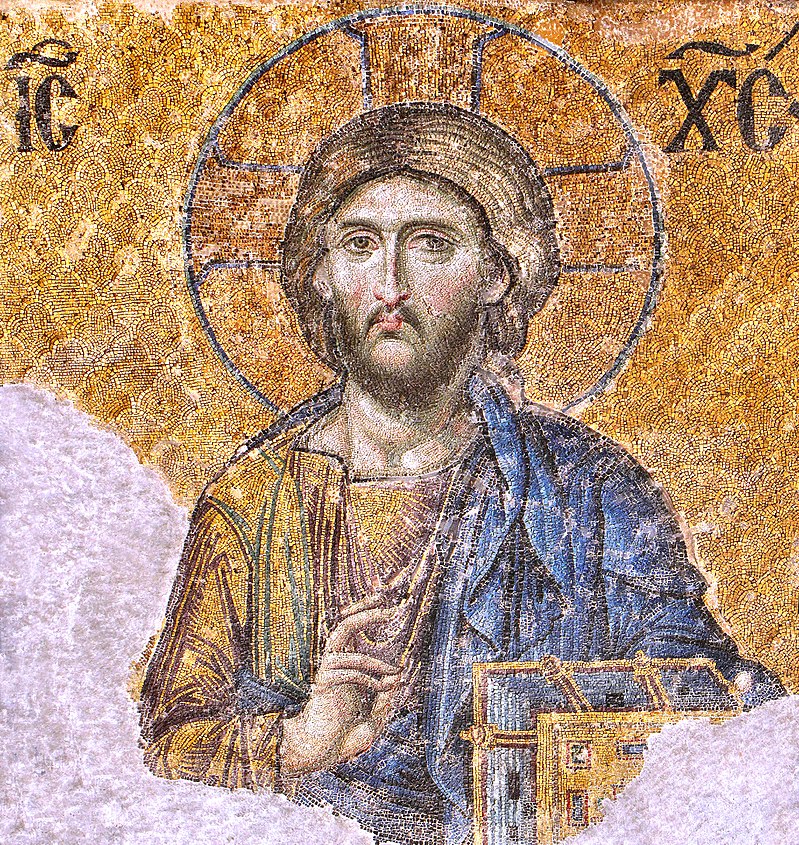
The Eastern Orthodox Church, also called the Orthodox Church, is the second-largest Christian church and has approximately 260 million baptized members.
The Orthodox Church is characterized by its continuity with the apostolic church, its liturgy, and its territorial churches. Its adherents live mainly in the Balkans, the Middle East, and former Soviet countries.
It operates as a communion of autocephalous churches, each governed by its bishops via local synods.
The word ‘Orthodox’ takes its meaning from the Greek words orthos – ‘right’ and doxa – ‘belief’. Hence the word Orthodox means correct belief or right thinking.
The Orthodox tradition developed from the Christianity of the Eastern Roman Empire and was shaped by the pressures, politics and peoples of that geographical area. Since the Eastern capital of the Roman Empire was Byzantium, this style of Christianity is sometimes called ‘Byzantine Christianity’.
The Orthodox Churches share with the other Christian Churches the belief that God revealed himself in Jesus Christ, and a belief in the incarnation of Christ, his crucifixion and resurrection. The Orthodox Church differs substantially from the other Churches in the way of life and worship, and in certain aspects of theology.
Eastern Orthodox Christians believe in the Trinity, three distinct, divine persons (hypostases), without overlap or modality among them, who each have one divine essence (ousia, Greek: οὐσία)—uncreated, immaterial, and eternal. These three persons are typically distinguished by their relation to each other. The Father is eternal and not begotten and does not proceed from any, the Son is eternal and begotten of the Father, and the Holy Spirit is eternal and proceeds from the Father. Orthodox doctrine regarding the Trinity is summarised in the Nicene Creed.
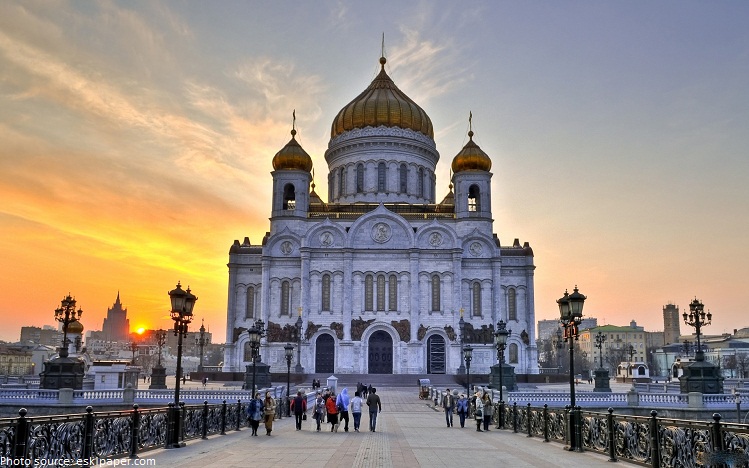
Eastern Orthodox Christians believe in a monotheistic conception of God (God is only one), which is both transcendent (wholly independent of, and removed from, the material universe) and immanent (involved in the material universe). In discussing God’s relationship to his creation, Eastern Orthodox theology distinguishes between God’s eternal essence, which is totally transcendent, and his uncreated energies, which is how he reaches humanity. The God who is transcendent and the God who touches mankind are one and the same. That is, these energies are not something that proceed from God or that God produces, but rather they are God himself: distinct, yet inseparable from God’s inner being. This view is often called Palamism.
The Holy Spirit is seen as present in and as the guide to the Church working through the whole body of the Church, as well as through priests and bishops.

Like the Pentarchy of the first millennium, the mainstream (or “canonical”) Eastern Orthodox Church is organised into autocephalous churches independent from each other. In the 21st century, the number of mainstream autocephalous churches is seventeen – there also exist autocephalous churches unrecognized by those mainstream ones. Autocephalous churches choose their own primate. Autocephalous churches can have jurisdiction (authority) over other churches, some of which have the status of “autonomous” which means they
have more autonomy than simple eparchies.
Many of these jurisdictions correspond to the territories of one or more modern states – the Patriarchate of Moscow, for example, corresponds to Russia and some of the other Post-Soviet states. They can also include metropolises, bishoprics, parishes, monasteries, or outlying metochions corresponding to diasporas that can also be located outside the country where the primate resides (e.g., the case of the Ecumenical Patriarchate of Constantinople whose canonical territory is located partly in northern Greece and the east) – sometimes they overlap (the case of Bessarabia where the jurisdictions of the patriarchs of Bucharest and of Moscow overlap).
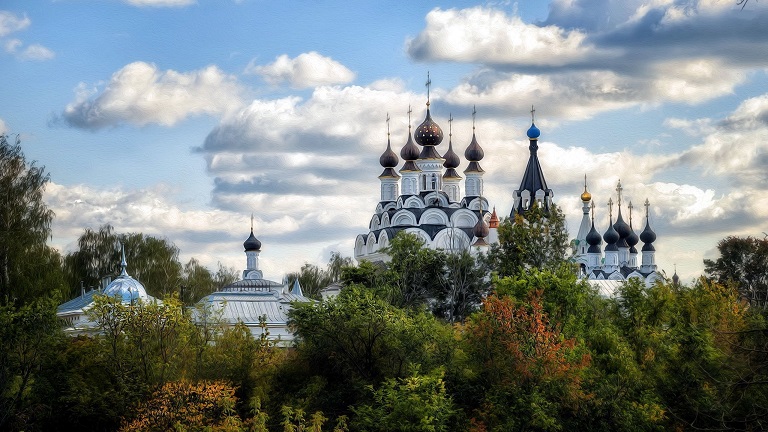
The official Bible of the Eastern Orthodox Church contains the Septuagint text of the Old Testament, with the Book of Daniel given in the translation by Theodotion. The Patriarchal Text is used for the New Testament. Orthodox Christians hold that the Bible is a verbal icon of Christ, as proclaimed by the 7th ecumenical council. They refer to the Bible as holy scripture, meaning writings containing the foundational truths of the Christian faith as revealed by Christ and the Holy Spirit to its divinely inspired human authors. Holy scripture forms the primary and authoritative written witness of holy tradition and is essential as the basis for all Orthodox teaching and belief.
Constantinople is generally considered to be the center and the “cradle of Orthodox Christian civilization”. From the mid-5th century to the early 13th century, Constantinople was the largest and wealthiest city in Europe. Eastern Christian culture reached its golden age during the high point of the Byzantine Empire and continued to flourish in Ukraine and Russia, after the fall of Constantinople. Numerous autocephalous churches were established in Europe: Greece, Georgia, Ukraine, as well as in Russia and Asia.
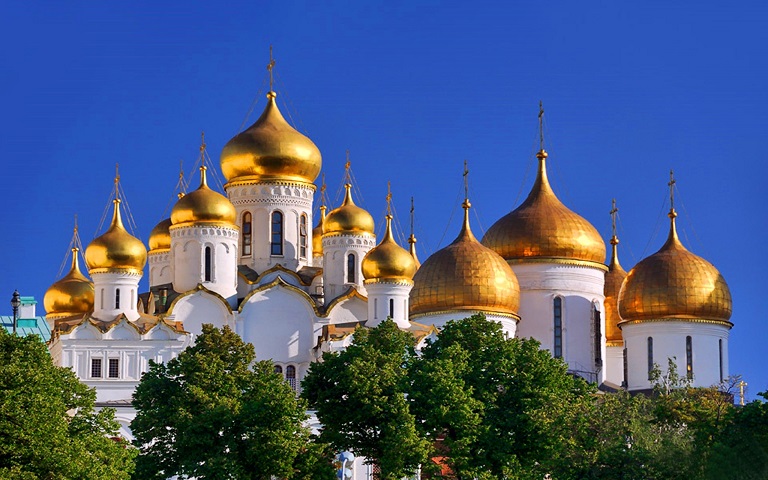
In the 530s the Church of the Holy Wisdom (Hagia Sophia) was built in Constantinople under Emperor Justinian I. Beginning with subsequent Byzantine architecture, Hagia Sophia became the paradigmatic Orthodox church form and its architectural style was emulated by Ottoman mosques a thousand years later. Being the episcopal see of the ecumenical patriarch of Constantinople, it remained the world’s largest cathedral for nearly a thousand years, until Seville Cathedral was completed in 1520. Hagia Sophia has been described as “holding a unique position in the Christian world”, and architectural and cultural icon of Byzantine and Eastern Orthodox civilization, and it is considered the epitome of Byzantine architecture and is said to have “changed the history of architecture”.
In the latter part of the tenth century, Vladimir the Prince of Kiev sent envoys to various Christian centers to study their form of worship. These are the words the envoys uttered when they reported their presence at the celebration of the Eucharist in the Great Church of Holy Wisdom in Constantinople. The profound experience expressed by the Russian envoys has been one shared by many throughout the centuries who have witnessed for the first time the beautiful and inspiring Divine Liturgy of the Orthodox Church.
